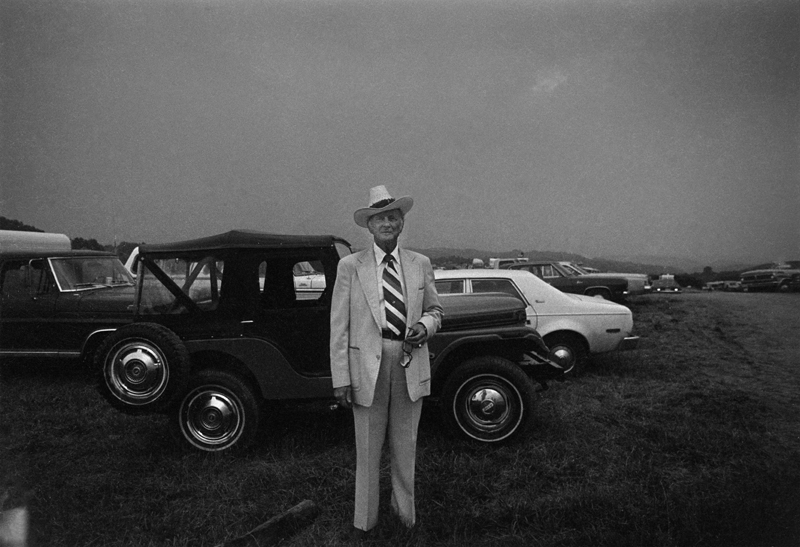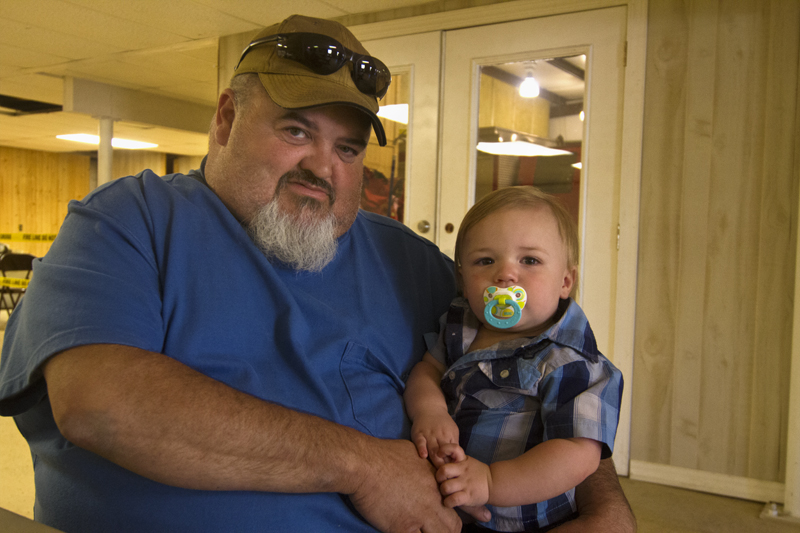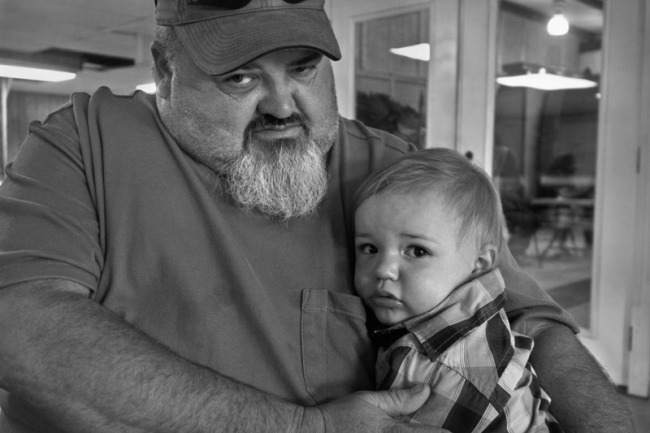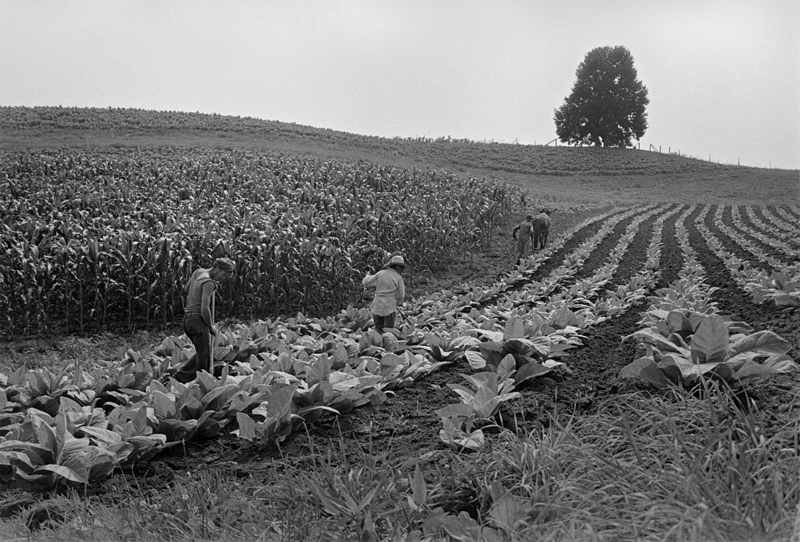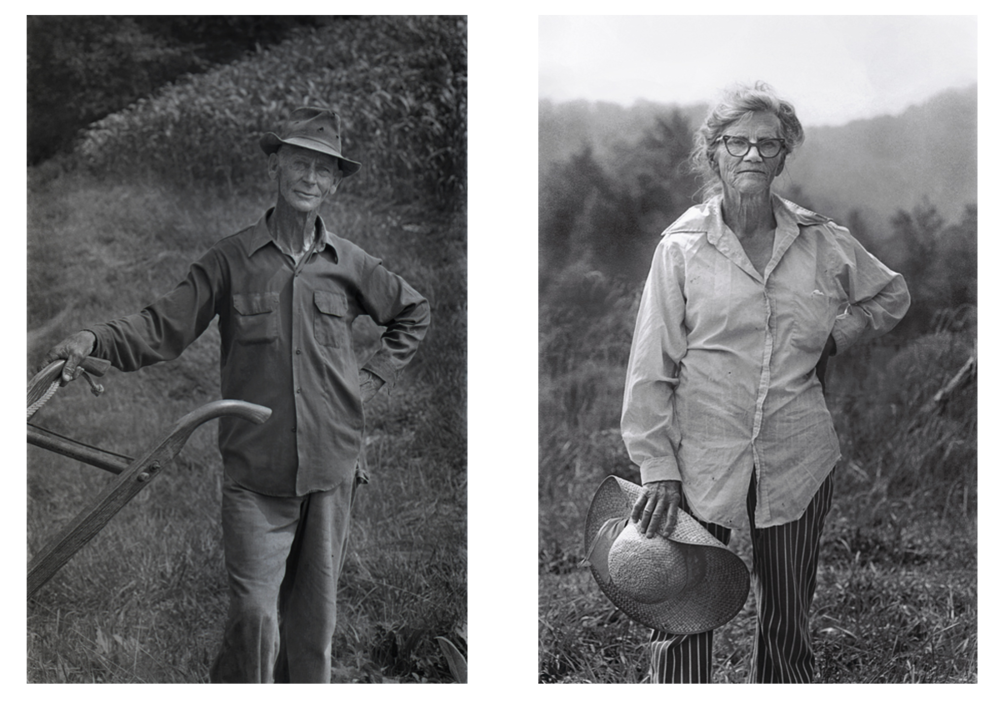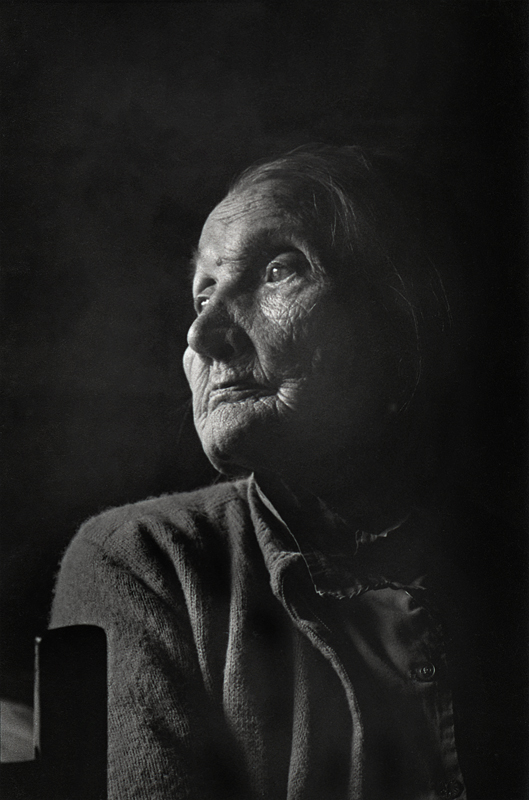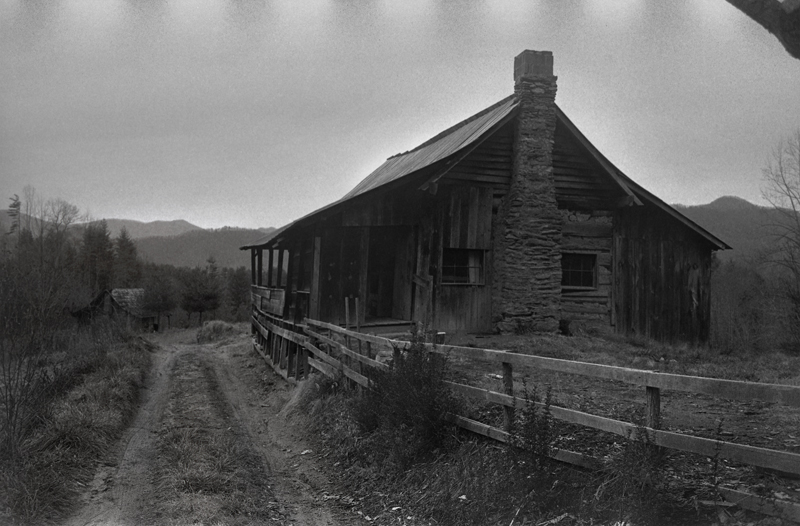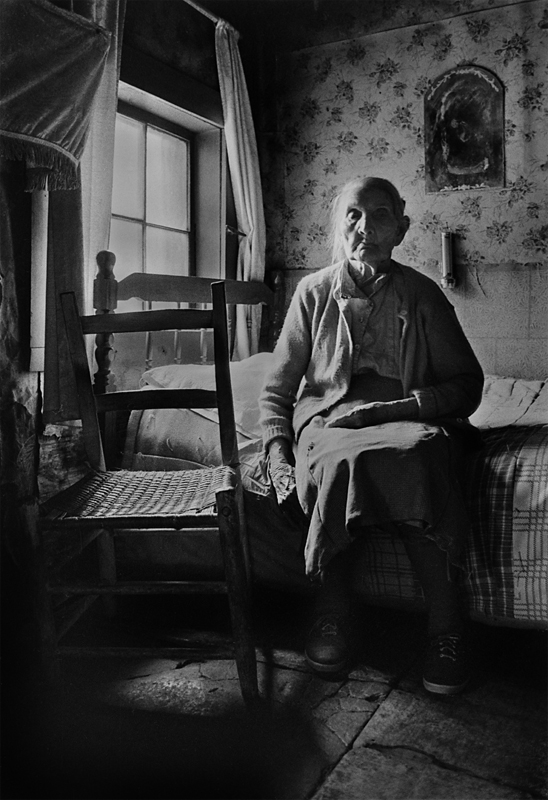Yesterday, I posted a link on my Facebook page to an article written by photographer Roger May that deals with a confrontation between a photographer and residents of a small community in West Virginia. At the time of the incident, I wrote a response that was not published. I've included it here.
The Four Elements
Rob Amberg
For the longest time I’ve thought of photography as a dialogue between four distinct, and often competing, elements - the photographer, his tools, the subject, and the viewer. I’ve also come to understand that omitting or favoring any of these elements is riskier than it might appear.
I bring this up because I’ve been reading with interest two recently published articles about photography. The first, in the April 19 edition of the New York Times Magazine, was written by the legendary photographer Sally Mann and deals with the complex relationship between viewers of her art, the subjects of that work, and the maker of it.
The second article was written by photographer Roger May for the April 21 online edition of Photo District News. May details an incident in West Virginia where two young photographers, a brother and sister, were surrounded and confronted by angry townspeople who accused them of photographing without permission, visual theft, so to speak.
The articles are long, but well worth the time. They speak to issues that will only become more relevant as imagery plays a more significant role in our lives. They are linked below.
As full disclosure, I’ve known and admired Sally Mann and her work for over thirty years. I’ve known Roger May for the last five years and serve on the advisory board for his Looking at Appalachia Project.
Photography is unique in the arts for its dependence on an external reality in the making of the image. Quite simply, we have to have some thing to photograph. For most of photography’s short lifespan, the public has been encouraged to accept photographs as truth, that there is no difference between these superficial representations on paper and reality itself. “Photographs don’t lie, they’re just like being there,” is the constant refrain.
Photographers will be the first to tell you that photographs do lie. Made in an instant, they offer a fleeting glimpse into a framed landscape of life with nothing of the feel, smell, or touch of the real thing. Decisions about point-of-view, cropping, timing, detail and so many other variables are all controlled by the photographer and subject to his whims, prejudices, and cultural DNA. But even with this subjective mix of ingredients, we still assume, to the point of belief, that what is pictured actually happened.
Sally Mann has been dealing with this disconnect since publication of her book Immediate Family in 1992, which included nude photographs of her three children in romanticized landscapes. While Mann’s sensual images are exquisite renderings, moments in time, she maintains they are nothing more. But she has weathered scores of comments and letters questioning her motherhood, her common sense, and even her children’s likeability. At one point she was told by a FBI agent to keep a loaded shotgun close at hand should a persistent stalker choose to act. Talk about suffering for your art.
Roger May’s story from West Virginia is almost predictable in its telling and it seems that everyone involved was victimized by cultural insensitivities. One can only feel badly and scared for the two photographers. In our country we are allowed to photograph in public venues and would assume we’d be able to do so without threat. But the residents of any community should be able to say no to invasion by camera and be free from representation by people unknown to them, with agendas they can only imagine.
There is a moment from years ago. I had an exhibit at the old Asheville Art Museum of my early work from the Sodom community. I was intent on Dellie, the protagonist of my book Sodom Laurel Album, seeing the show. The appointed day was cold, gray, and threatening snow and she clearly didn’t want to go. But we stopped to eat dinner in town and the sky cleared some. As we walked into the dark basement of the Civic Center and into the Art Museum, she gave a hard look at a metal sculpture of a dinosaur in the lobby. “What kind of a place is this?” She questioned. But she followed me to the gallery, and once there, her mood lightened. At home with neighbors and kin, she became more animated and freely interacted with the pictures. “Why, Marthie looks worried about something. Somethin’ has give her the headache.” Or, “Thar’s Junior at the High Rock. He tried to hide and scare John Rountree when they walked up there. He was always doing stuff like that.” For Dellie, the photographs were personal and real, a part of her personal past, and less about art or history. As we were leaving, she said, “Those pictures were real plain. I knew them every one. But I just don’t understand why a place such as this would want a picture of me hangin’ in it.”
Photographs are ambiguous creatures, full of factual information and imagined meaning. When I began my career in photography over 40 years ago, I was told of societies that believed the making of someone’s photograph was akin to the stealing of that person’s soul. I ignored that maxim and thought it nothing but the superstitious belief of unenlightened people. But I’ve come to understand the wisdom in those words - that stealing souls is precisely what photographers do although they might call it something less inflammatory, like capturing someone’s essence.
Whatever we choose to call them, photographs are ubiquitous today and the number of photographs made daily is eye-numbing. Most everyone is armed with a cell phone and we’ve clearly become a visual society. But we have only an elementary understanding of the unique power of photographs and how they work. Photography has forged social movements, helped end wars and careers, and taught us about our basic humanity. As individuals, images have moved us to tears, to anger, to action, to purchase, to lust, and to remember. We don’t quite know how or why pictures spark this entire range of emotions, but we know that they do. Does it have to do with the photographer, or the subject, the composition and light, the viewer himself, or some combination of elements?
Until we - photographers, subjects, and viewers - learn to see and understand the workings and the doings of this complex mix of elements, we will continue dealing with face-offs in West Virginia and assaults on our cultural treasures.
http://www.nytimes.com/2015/04/19/magazine/the-cost-of-sally-manns-exposure.html?smprod=nytcore-ipad&smid=nytcore-ipad-share
http://www.pdnonline.com/features/Why-a-Confrontation-Between-Photographers-and-Locals-Turned-Ugly-in-Appalachia-13417.shtml





